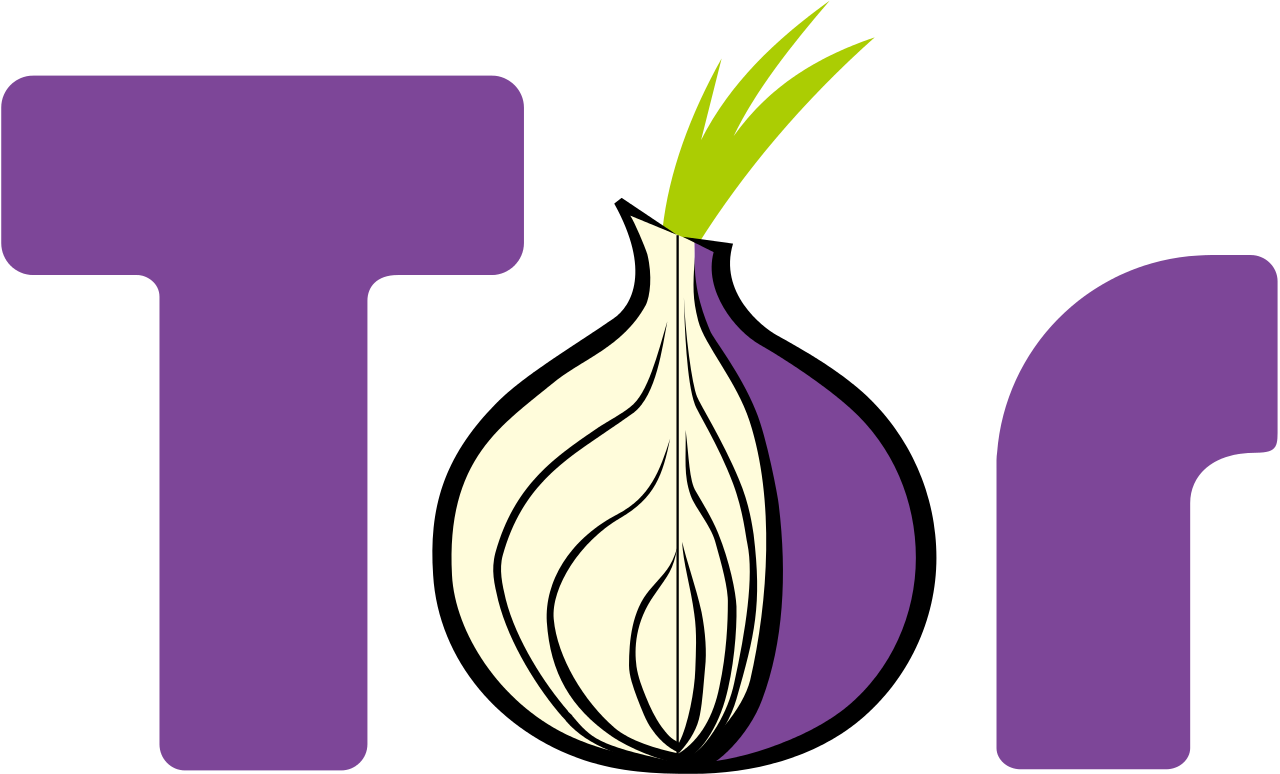Your Casa Node is not only designed to connect to the bitcoin and Lightning networks, but it's also meant to accept connections from the bitcoin and Lighting networks. So not only can your node reference other computers for blockchain data, your node can also provide this information to other computers on the network.
Since the bitcoin and Lightning networks connect to your Casa Node through specific internet ports, it may be necessary to configure those ports in your router's settings.
Fortunately, there's an easier way!
The Casa Node now supports Tor connections. When you connect to the bitcoin and Lighting networks through Tor, it eliminates the need to set up port forwarding. This is because Tor assigns your device a static onion address, rather than a dynamic IP address.

If you don't want to connect to Tor, that's okay, too. Keep in mind, though, that if you choose not to connect to Tor, you will sometimes need to set up port forwarding, if your node can't automatically configure it.
Here’s a guide to setting up port forwarding:
1. Access your router's admin settings. You will likely have to do this by typing an IP address into your browser. Each router uses a different IP, so consult your router manufacturer's support site to find out how to access your router's settings. Often the admin IP is printed directly on the router. Here are some common IPs to try based on manufacturer:
http://192.168.0.1 (some Linksys/Cisco models)
http://192.168.1.1 (some D-Link/Netgear models)
http://192.168.2.1 (some Belkin/SMC models)
http://192.168.123.254 (some US Robotics models)
http://10.0.1.1 (some Apple models)
2. Find the Port Forwarding section of your router settings. This is usually in Advanced Settings.
3. Keep your router settings open. Separately, find your Casa Node's internal IP address using these instructions.
4. Add an entry to the port forwarding table in your router settings. The first entry should have port 8333 as the internal and external port. This will open the bitcoin node for incoming connections.
5. For Lightning, you have two options. Enable UPnP (this is another option somewhere in your router settings), or open another port.
6. To open the port for Lightning, follow the same process as in step 4, but open port 9735.
7. Open your Casa Node interface, navigate to settings, and shut down the Node. Once you get the message that it’s safe to shut down, unplug the power cable and then plug it back in.
8. After your Casa Node finishes rebooting, navigate to your Lightning Connection Details. If you see your Node connection string but no error, you are good to go (this will only happen if you enabled UPnP). If you port forwarded for Lightning, you'll see an error like the below screen:
9. Click "Continue with Port Forwarding." Enter the external IP address of your node. You can find this on the Bitcoin Manage Node page. This will not be the same IP you use to connect to your Casa Node in the browser.
10. Enter the port you forwarded to (9735 unless you have an advanced setup).
11. Click Save. Your Lightning node will restart to save the changes.
It's also possible to fix this issue by setting up port forwarding correctly in the Casa Node interface.
1. If you’re repeatedly getting the Unlock Casa Node popup, click Cancel. (If you’re just seeing Lightning "Loading…" but not having the password issue, skip to step #3.
2. Your dashboard will show that Lightning is “Locked”, but this is ok for now.
3. Click on "Manage Node" under Lightning. Then click the Details button in the Connection Settings section.
4. Click "Continue with Port Forwarding" on the Connection Details pop-up.
5. Follow the instructions in the port forwarding guide here. Make sure to use the external IP address of your node and port 9735, as detailed in the guide.
6. After you save the new port forwarding settings, the page will refresh. Unlock the node using your password as normal. After a minute or so, the Lightning node should display the sync status. If you see this, you're good to go!
